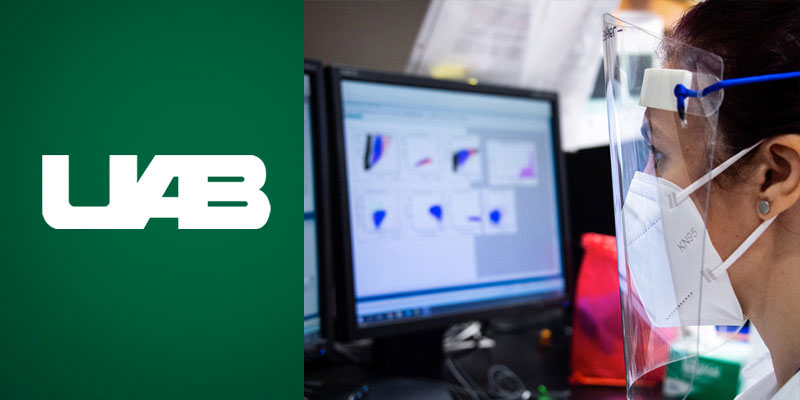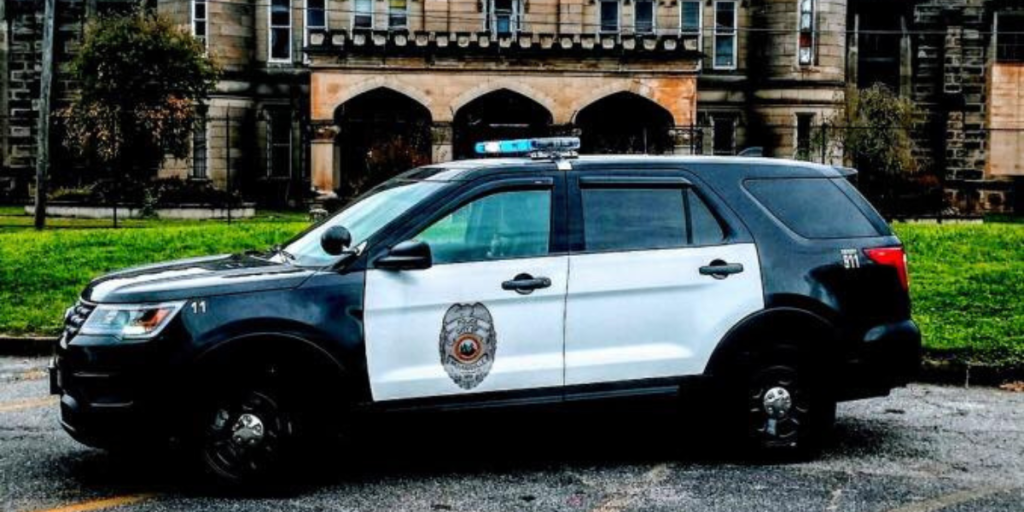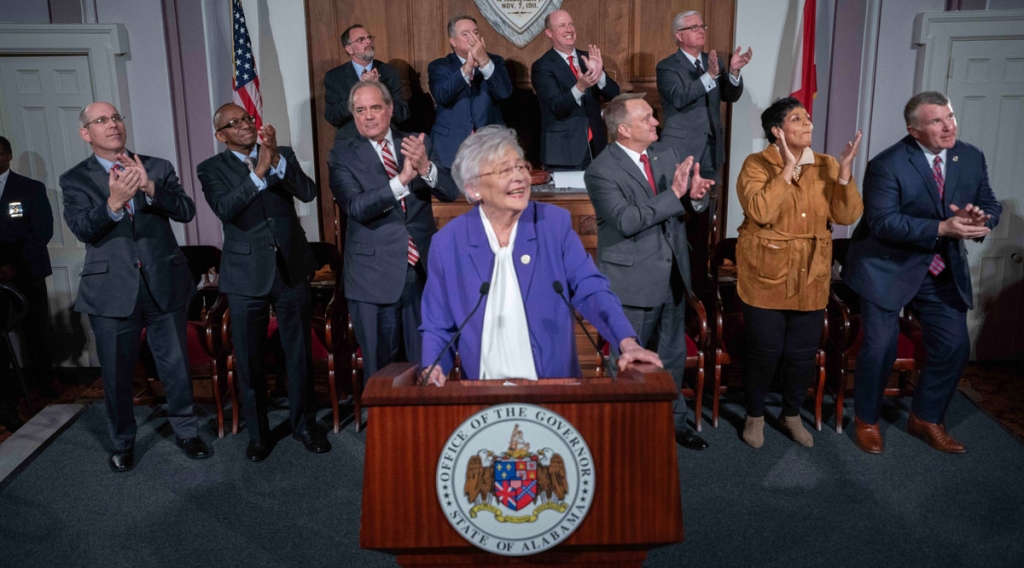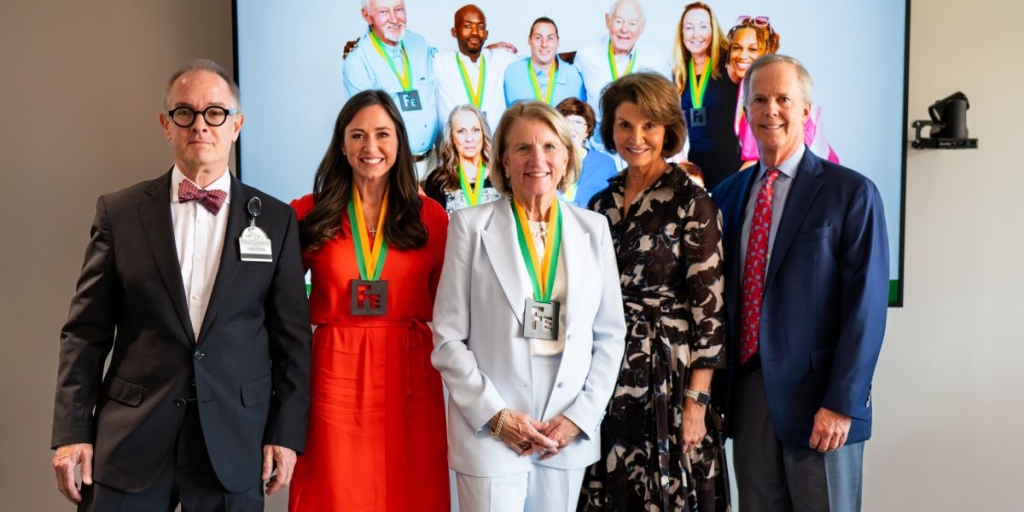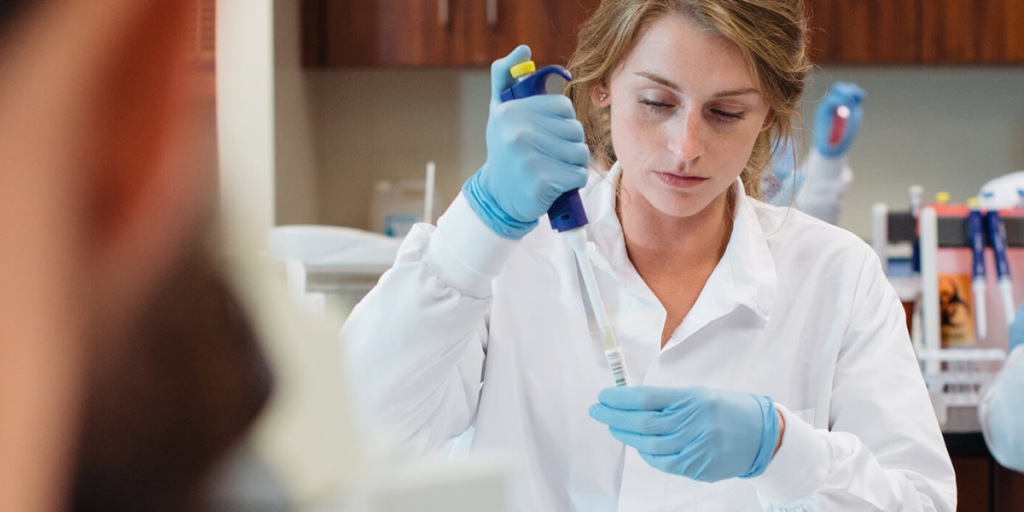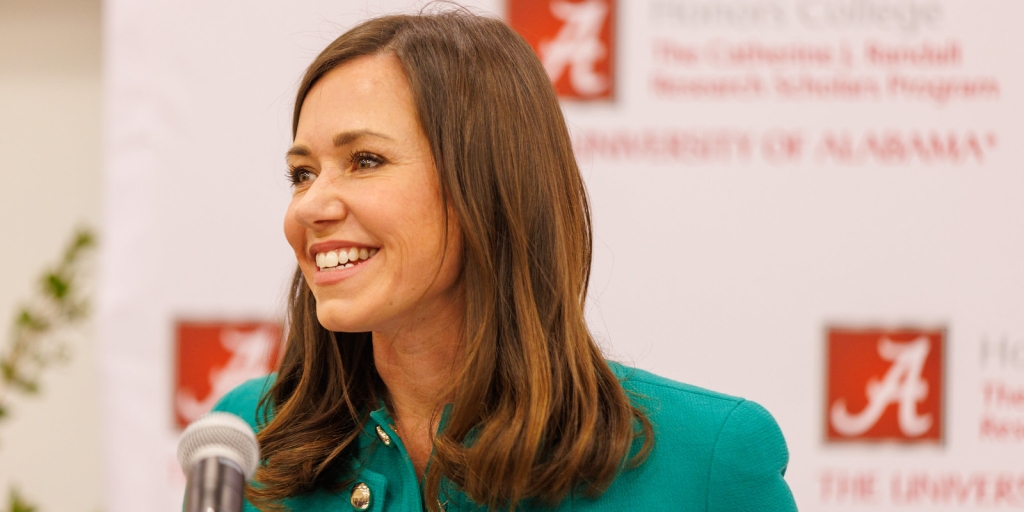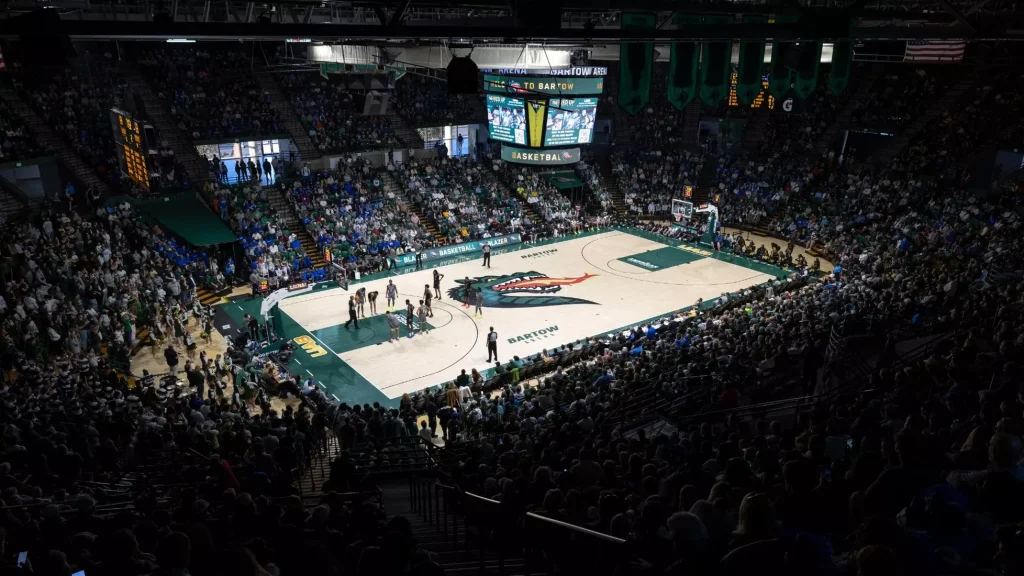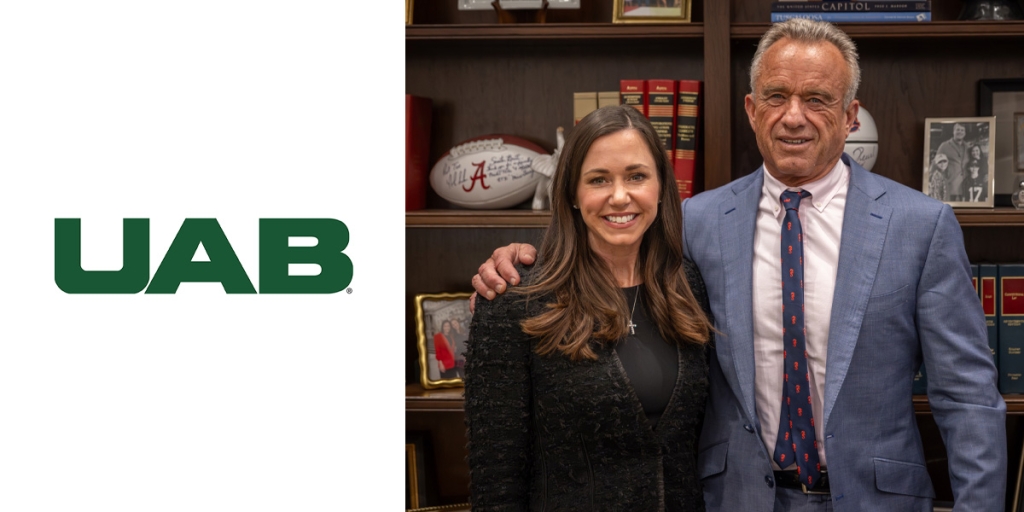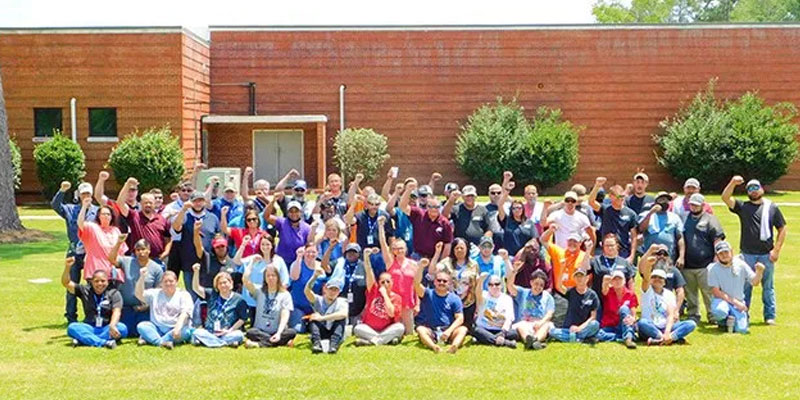Back in March, UAB and community partners joined in creating a research battalion as part of the fight to end the COVID-19 pandemic.
The UAB School of Medicine and the Hugh Kaul Precision Medicine Institute asked its researchers to submit proposals to compete for emergency COVID-19 grant money—funding that was raised through UAB and generous business donors in Birmingham and Montgomery.
The result? Twenty-eight ongoing projects, funded by $1.4 million in support, are exploring how the virus works, what might be a potential treatment, how to provide better testing, and more.
Here are five ways researchers are looking at the disease.
1. They’re honing in on the cytokine storm.
In the first clinical trial of its kind in the United States, UAB physicians are testing treatment to halt the potentially fatal out-of-control immune reaction known as cytokine storm syndrome, which occurs in some patients with COVID-19. Before the coronavirus crisis, Winn Chatham, M.D., and Randy Cron, M.D., Ph.D., were already in the middle of a clinical trial of the drug anakinra (rhIL–1Ra), designed for rheumatoid arthritis, as a treatment for cytokine storm syndrome in patients with herpes virus family infections, Still’s disease, and other conditions. Now, they’re seeing if it helps COVID-19 patients at UAB. Read the full story here.
2. They’re growing their own 3D human-tissue lung model.
To get a better understanding of COVID-19—particularly the immune reaction it provokes known as the cytokine storm—two researchers are using their own model of the human lung. Jessy Deshane, Ph.D., and Kayla Goliwas, Ph.D., have turned to tissue-engineered, 3D human models. They use small pieces of human tissue and keep them alive for weeks, during which time researchers can perform detailed experiments to get a better understanding of how COVID-19 develops and the cytokine storms it can trigger. Read the full story here.
3. They’re developing a glow-in-the-dark testing method for detecting COVID-19.
One of UAB’s newest hires hit the ground running with his research project. As a postdoc, Nicholas Lennemann, Ph.D., had developed a test that uses fluorescence to detect the presence of enteroviruses, which are so named because they are transmitted through the intestines. He already had plans to extend his study of this test. What if, he wondered, he could use it to find SARS-CoV-2? If it worked, it could pave the way for easier COVID-19 diagnoses. Read the full story here.
4. They’re figuring out how to detect the right antibodies.
Believe it or not, you probably already have had coronavirus. Not the coronavirus, as in SARS-CoV-2, the coronavirus that causes COVID-19—but OC43 and HKU1, two other members of the same beta-coronavirus family. “Twenty percent of what we call colds are caused by these two coronaviruses that circulate widely in humans,” says Troy Randall, Ph.D. So when you take an antibody test, how do you know the results are picking up the right antibodies? Randall and Frances Lund, Ph.D., want to answer this and other COVID-19 immunity questions. Read the full story here.
5. They’re getting seriously close to the virus itself.
Testing drugs on SARS-CoV-2 requires more than a few petri dishes. Kevin Harrod, Ph.D., UAB’s resident expert on SARS viruses, operates his lab at biosafety level 3, with scientists wearing full-body personal protective equipment (PPE) that include their own air supplies. UAB’s Precision Medicine Institute wanted to send Harrod drug candidates that might kill SARS-CoV-2. But before that, Harrod and his team had to figure out how to grow the virus. Read the full story here.
To learn more ways UAB researchers are fighting COVID-19, take a look at an overview of all the funded studies.




